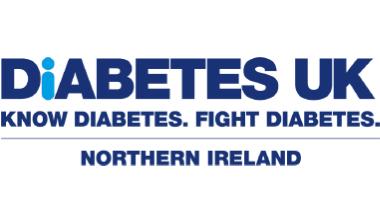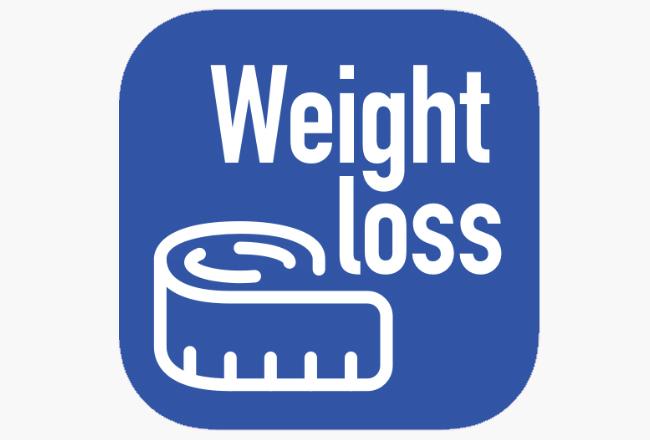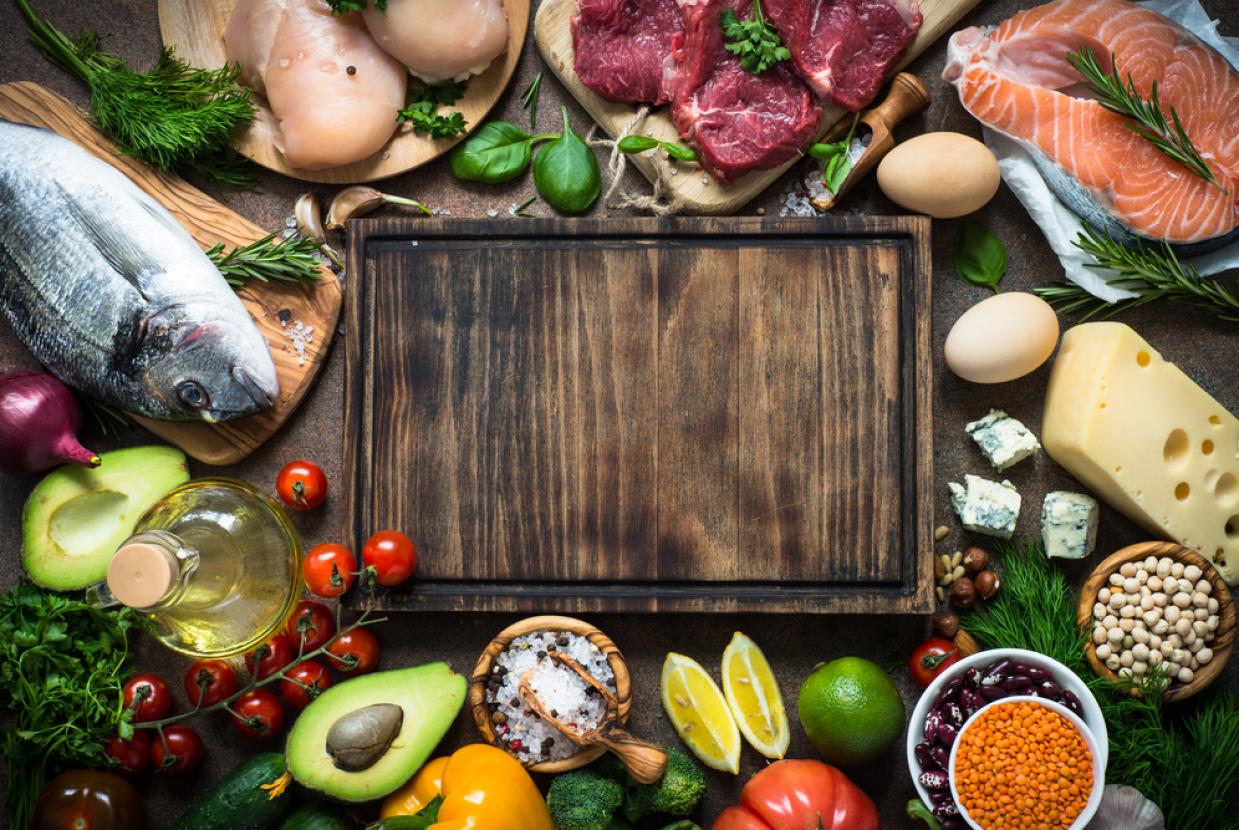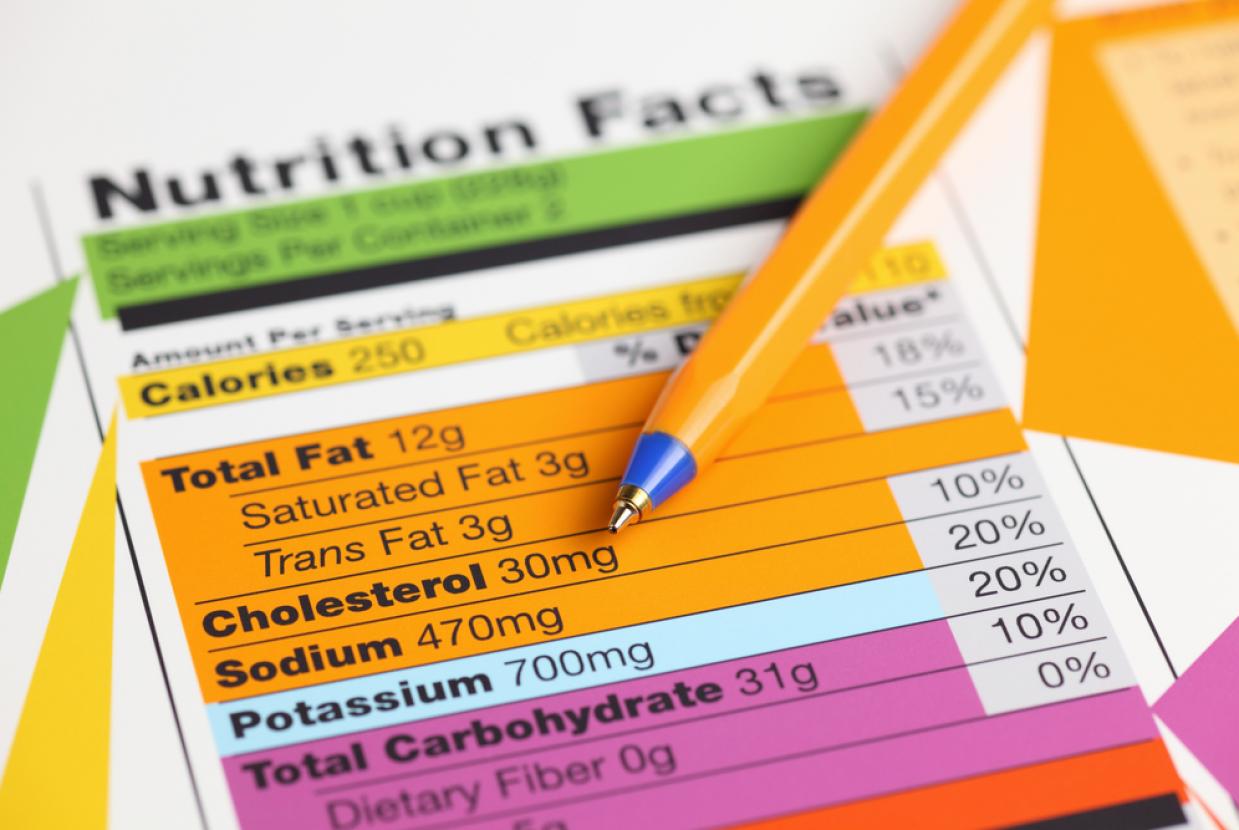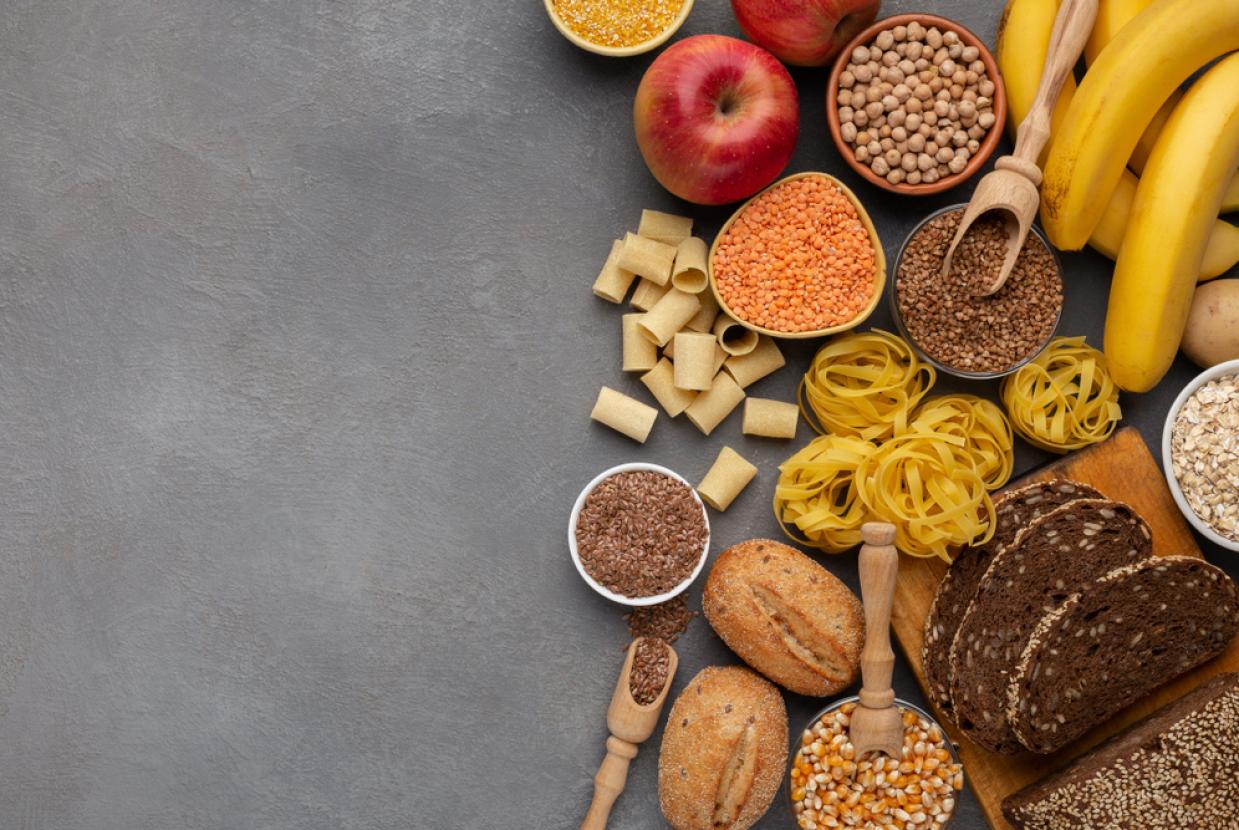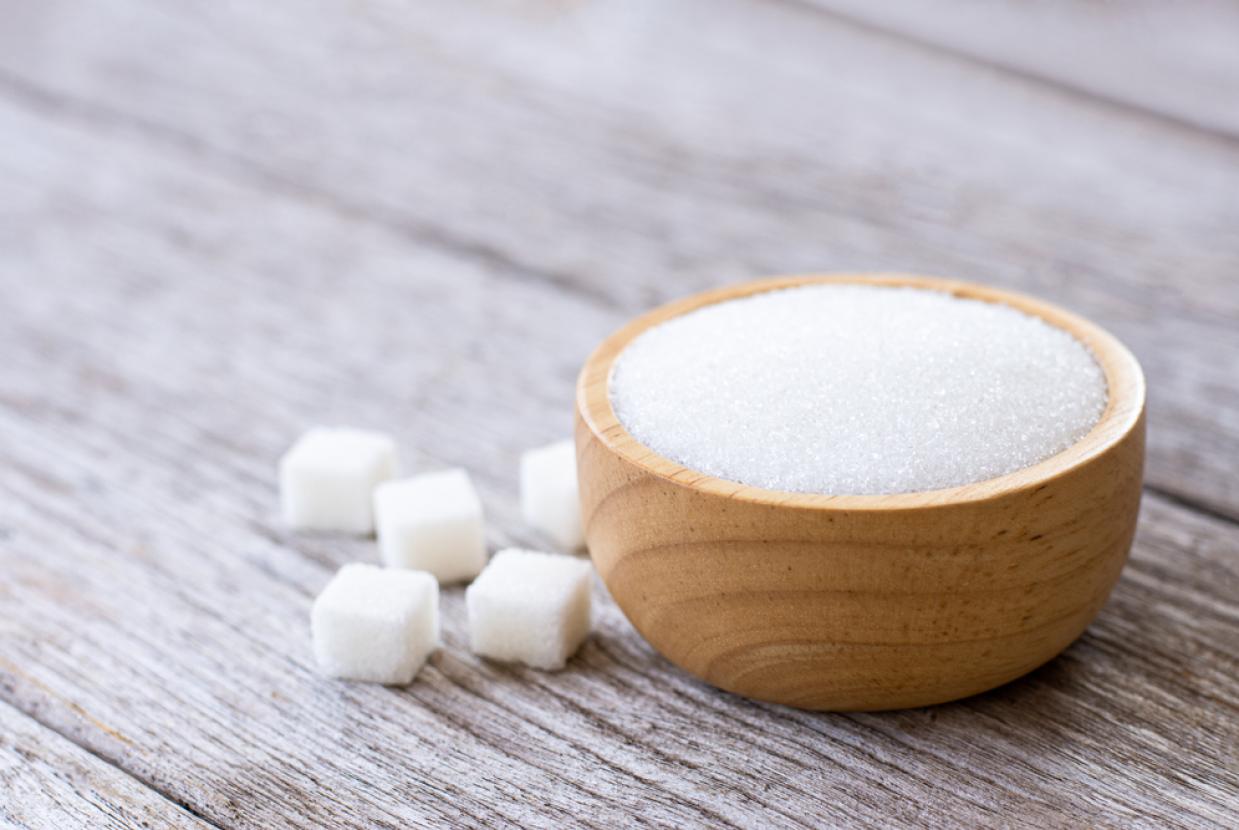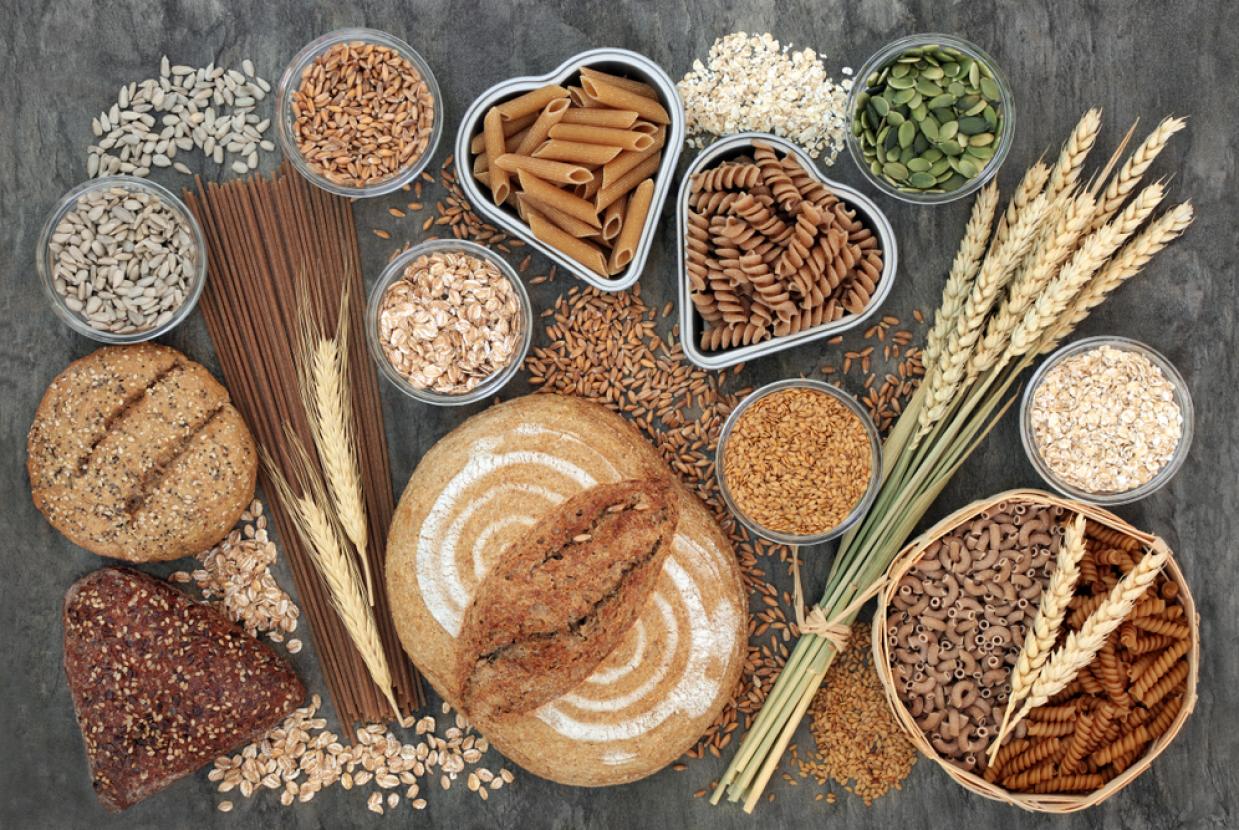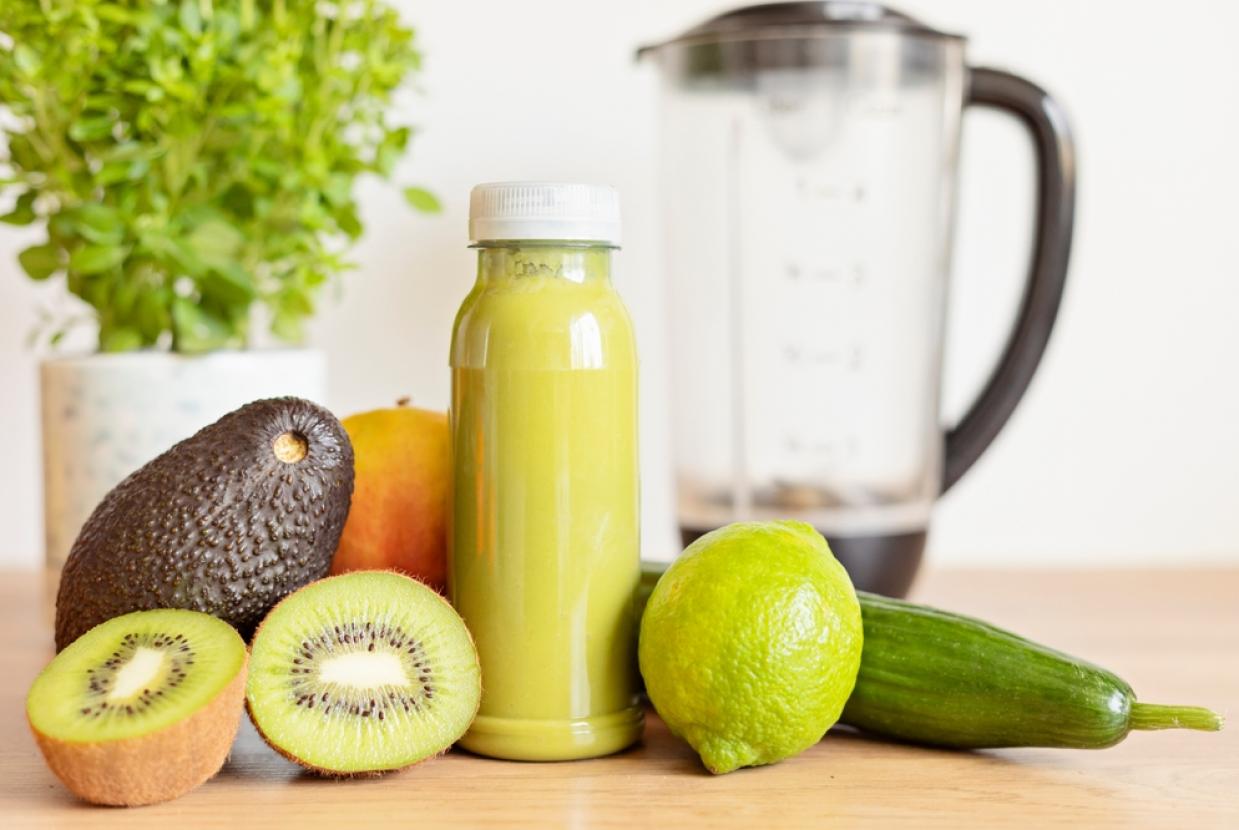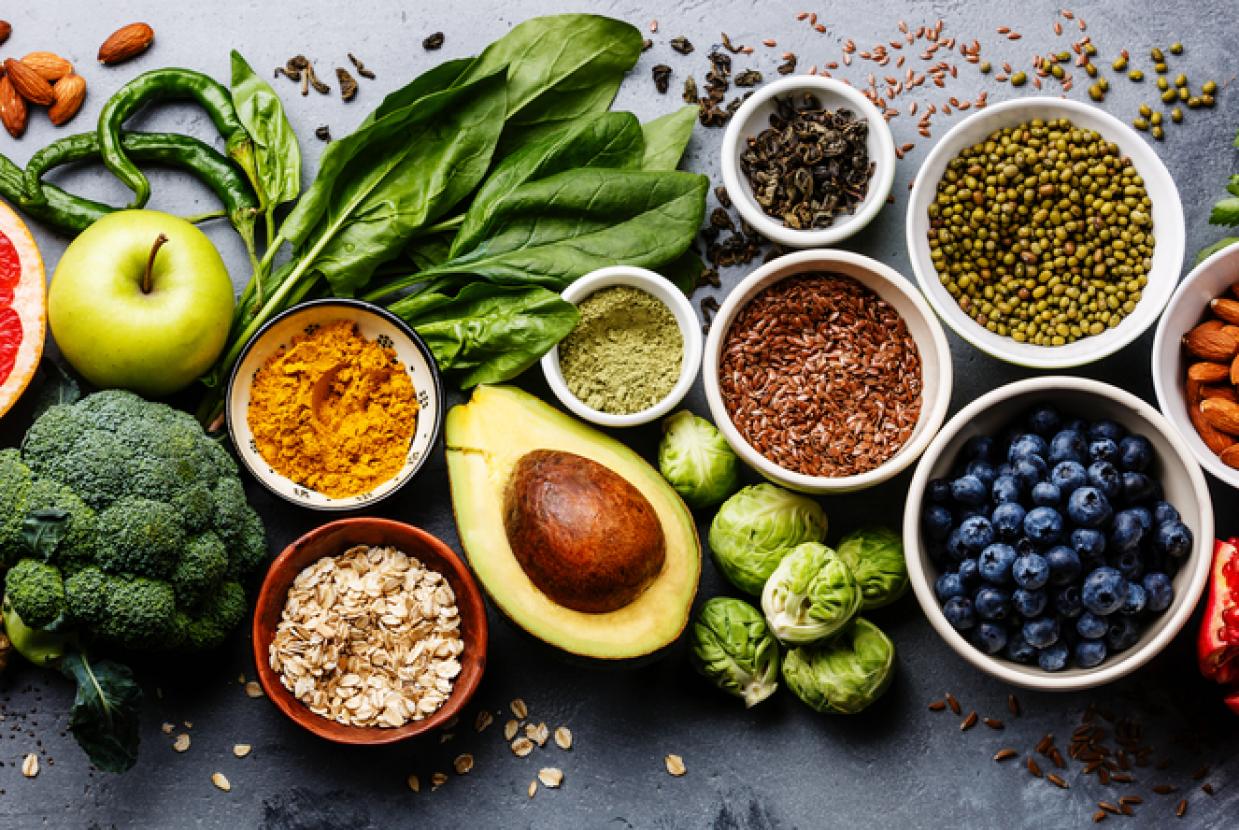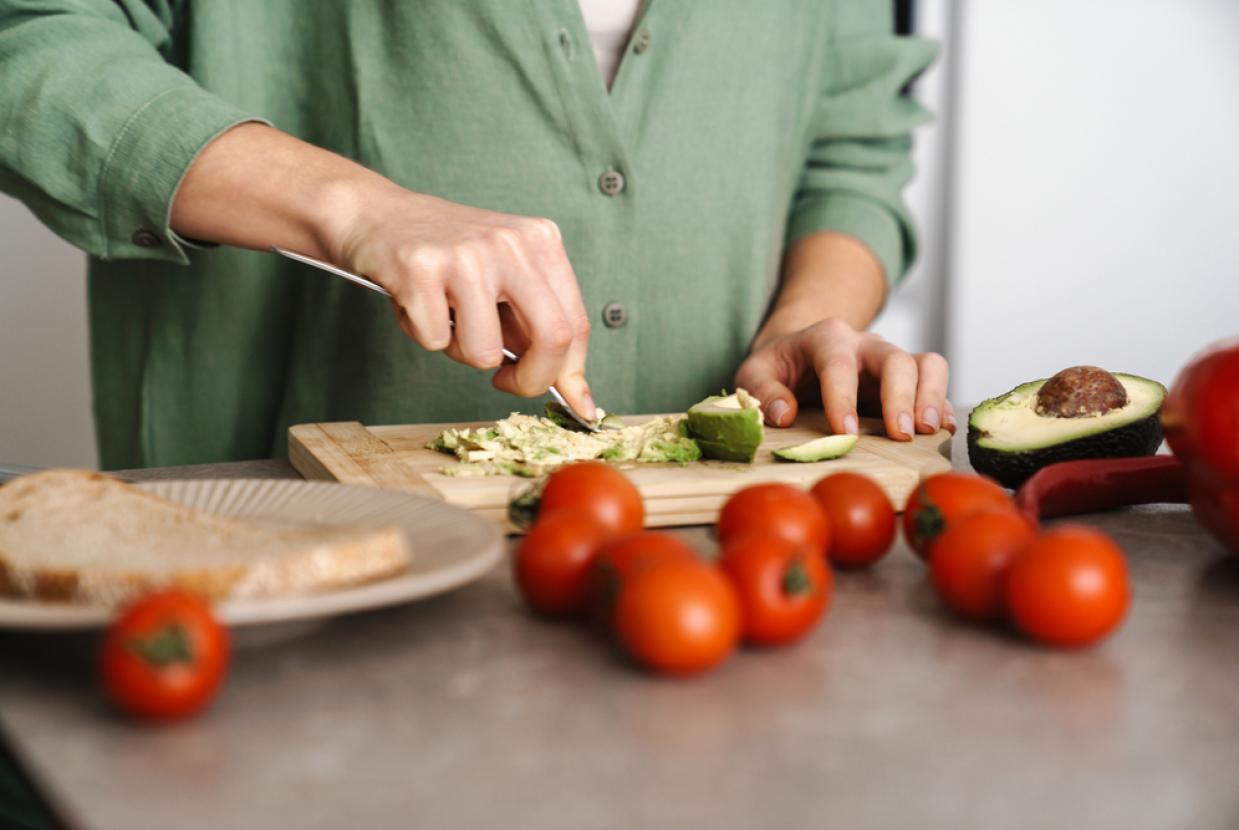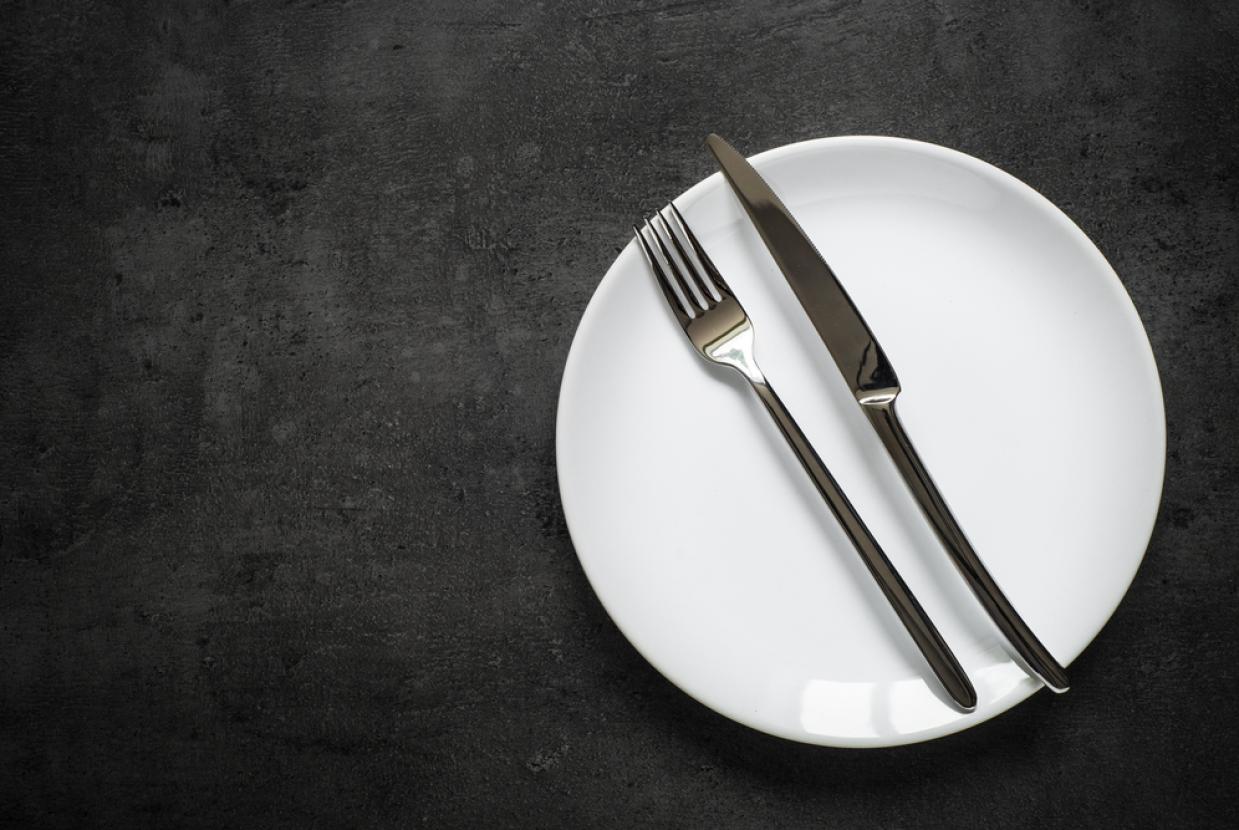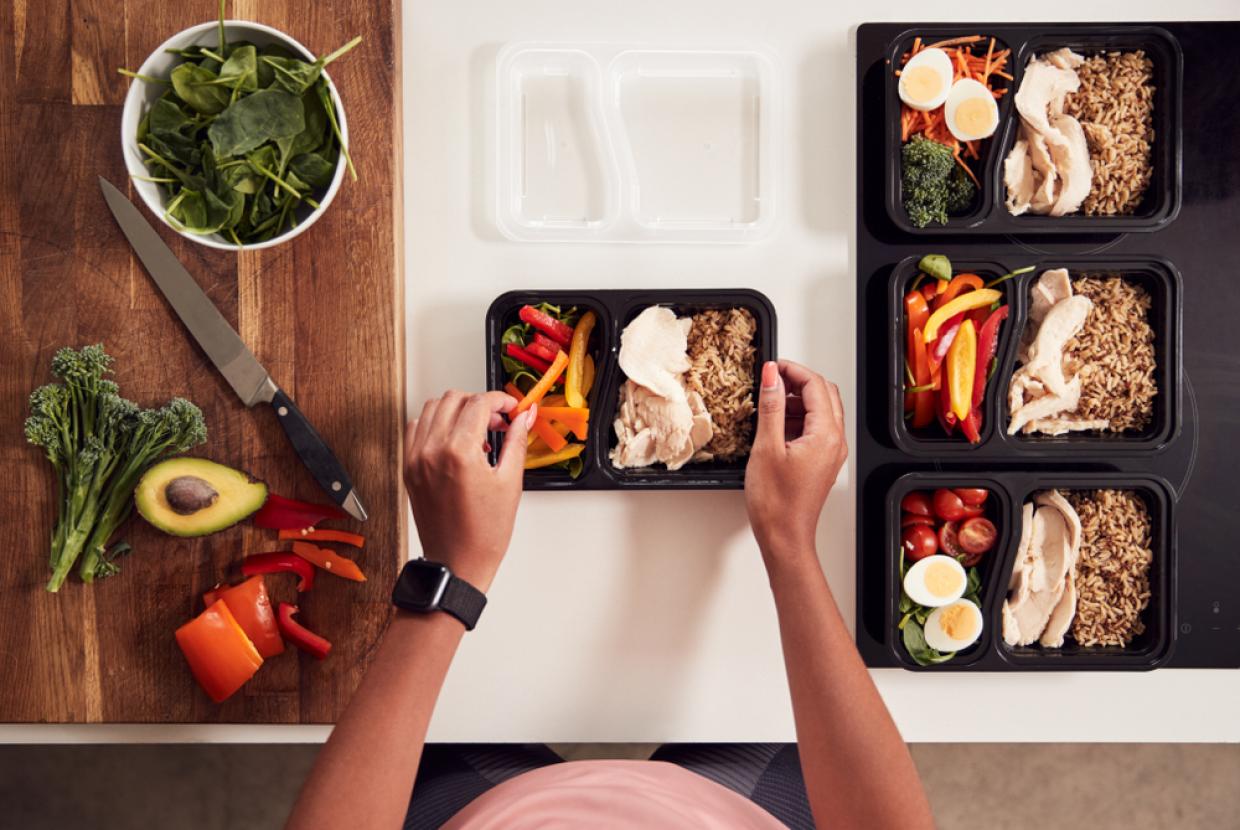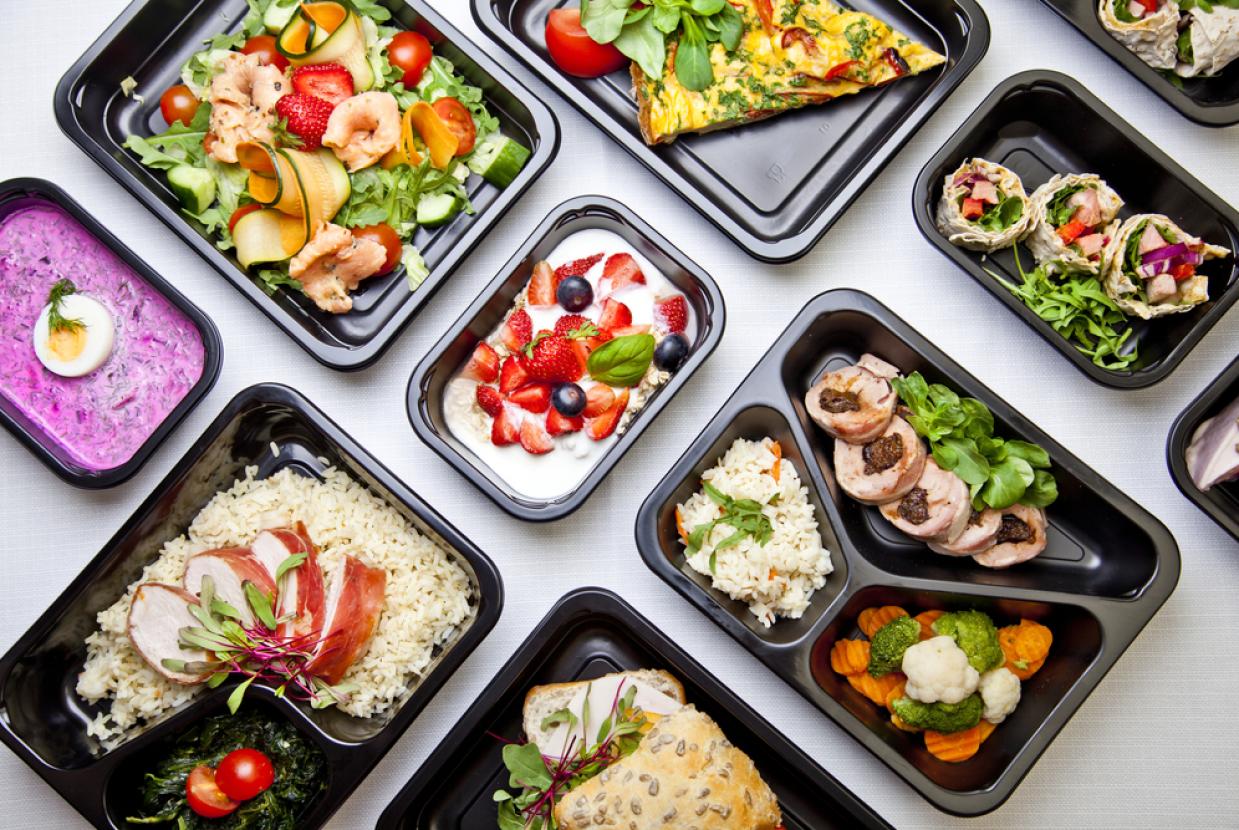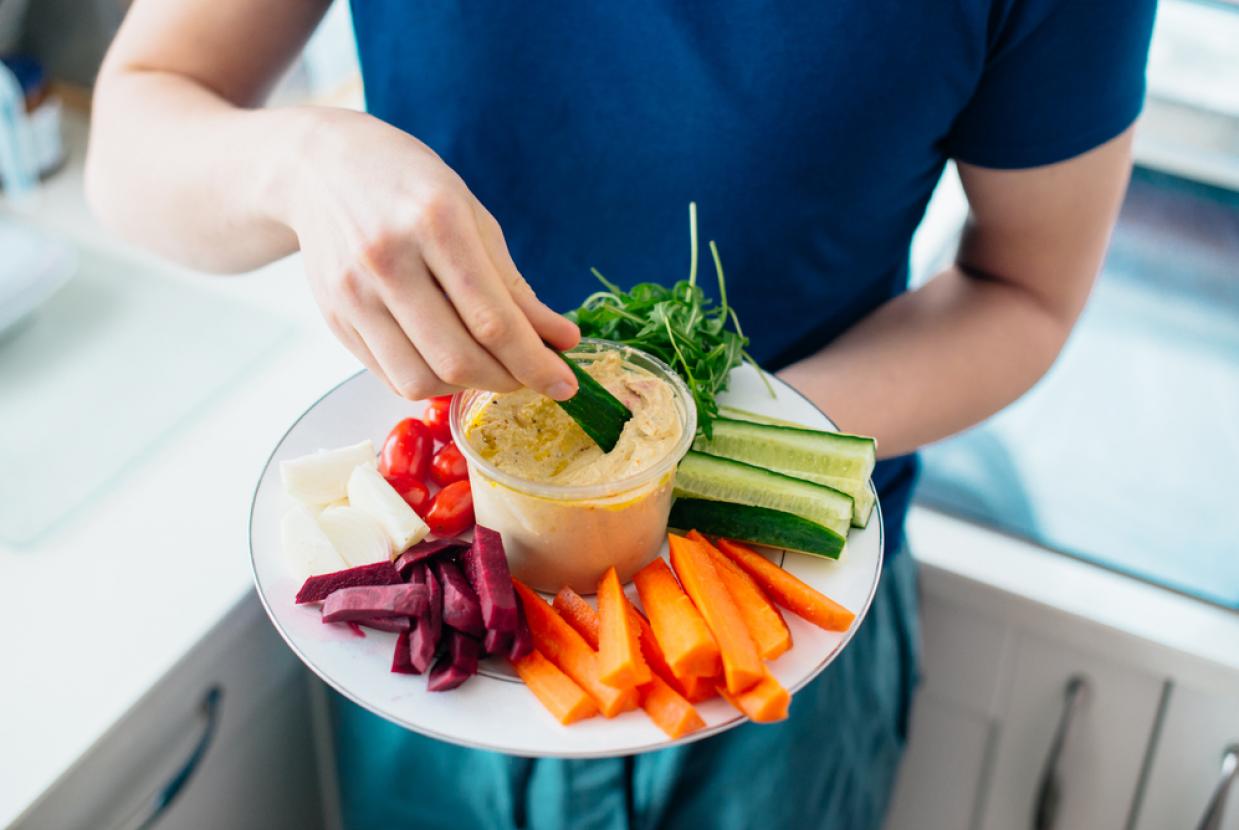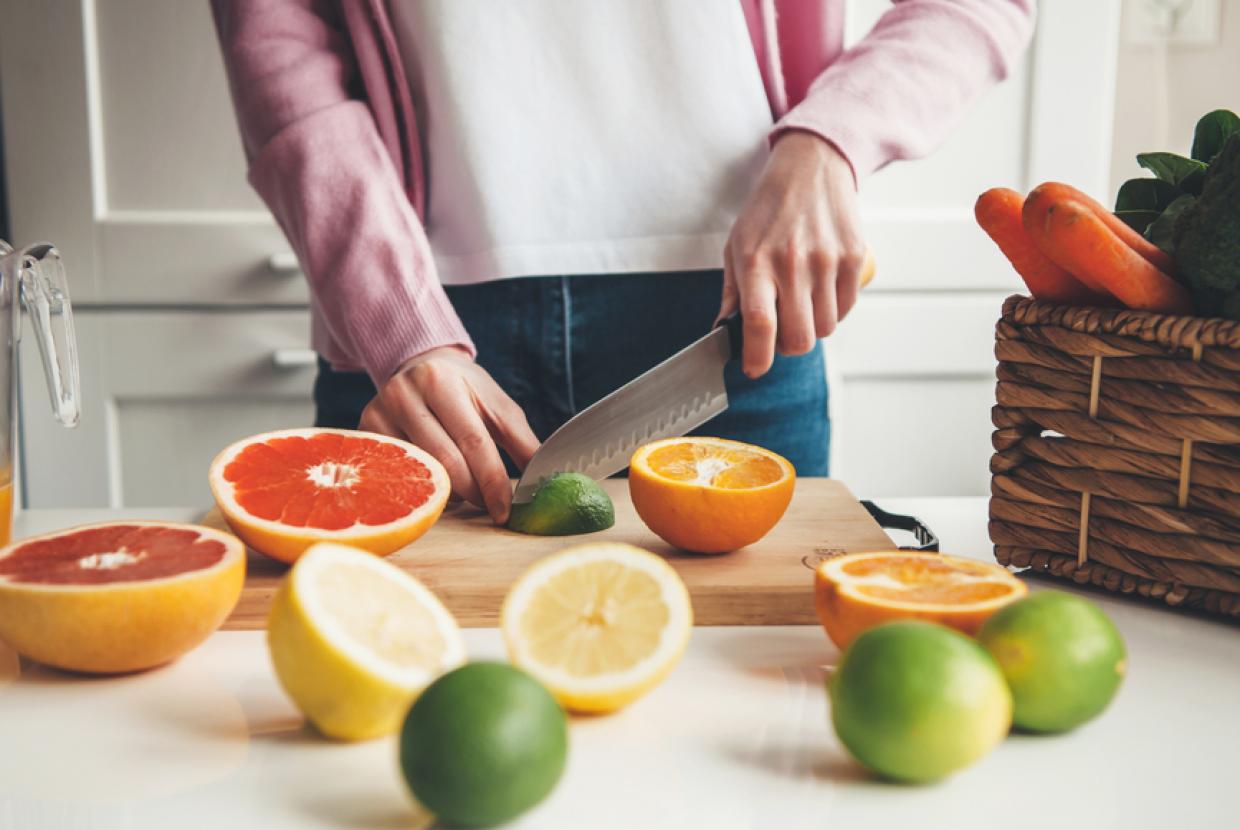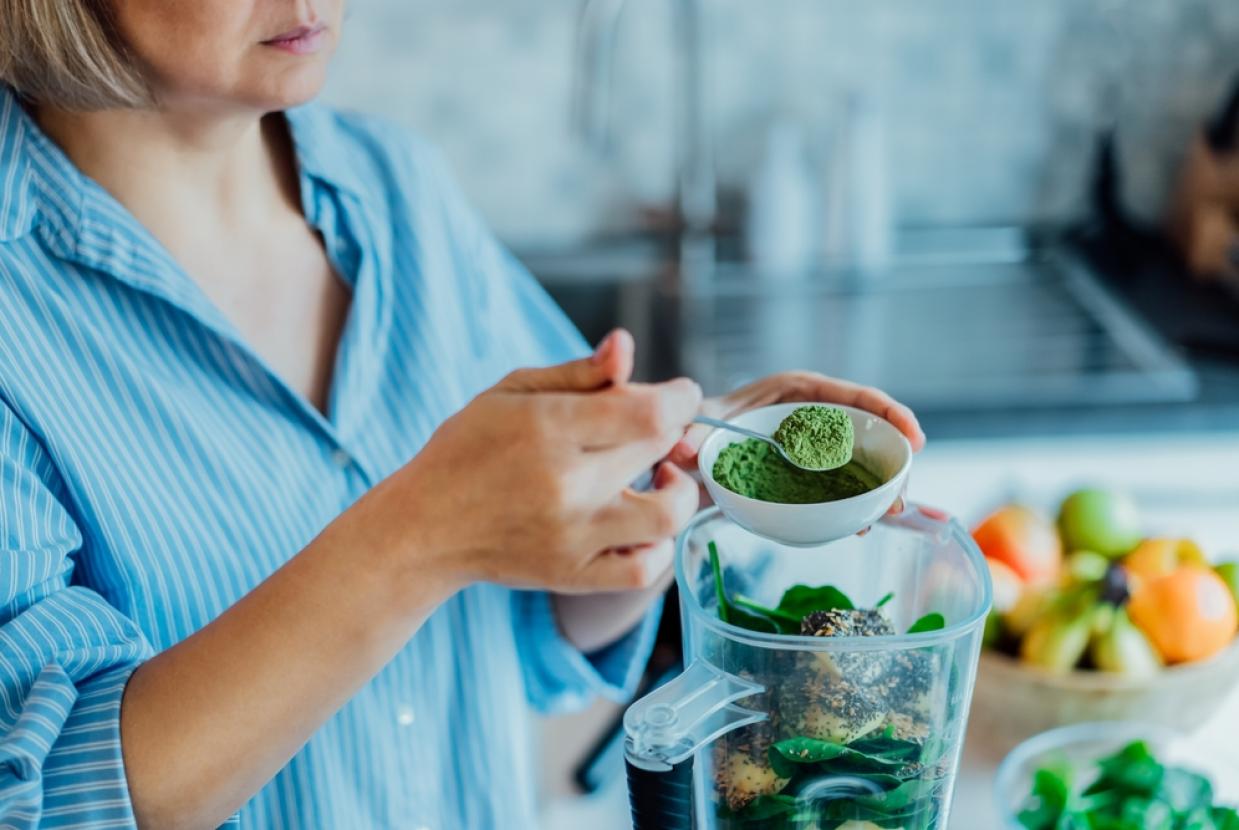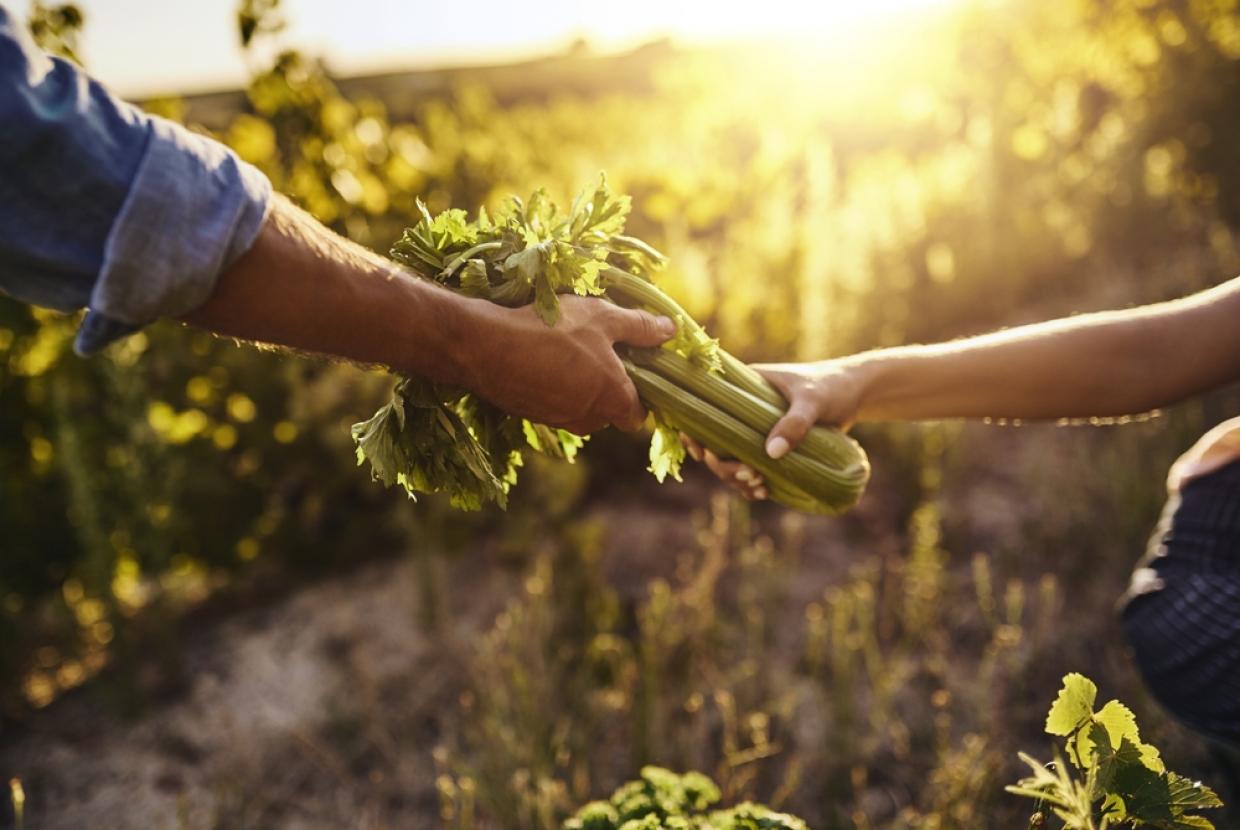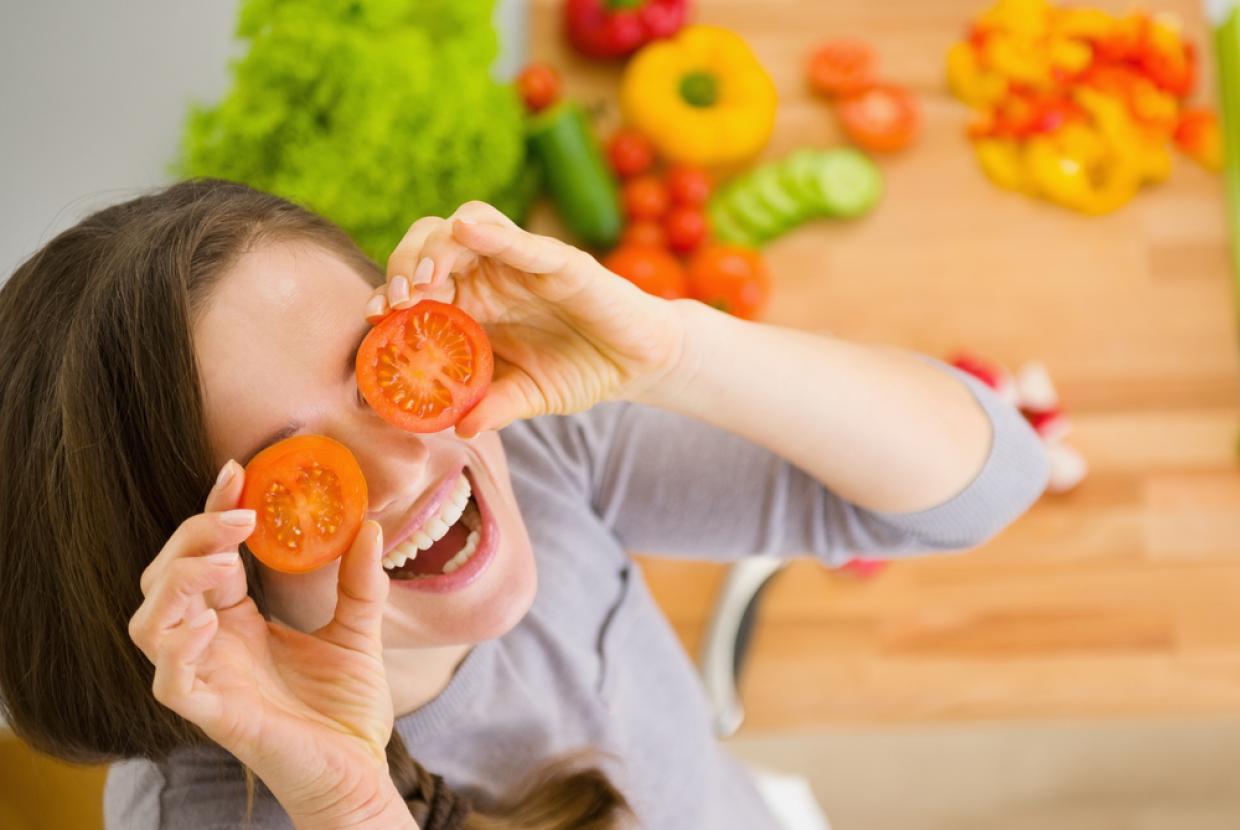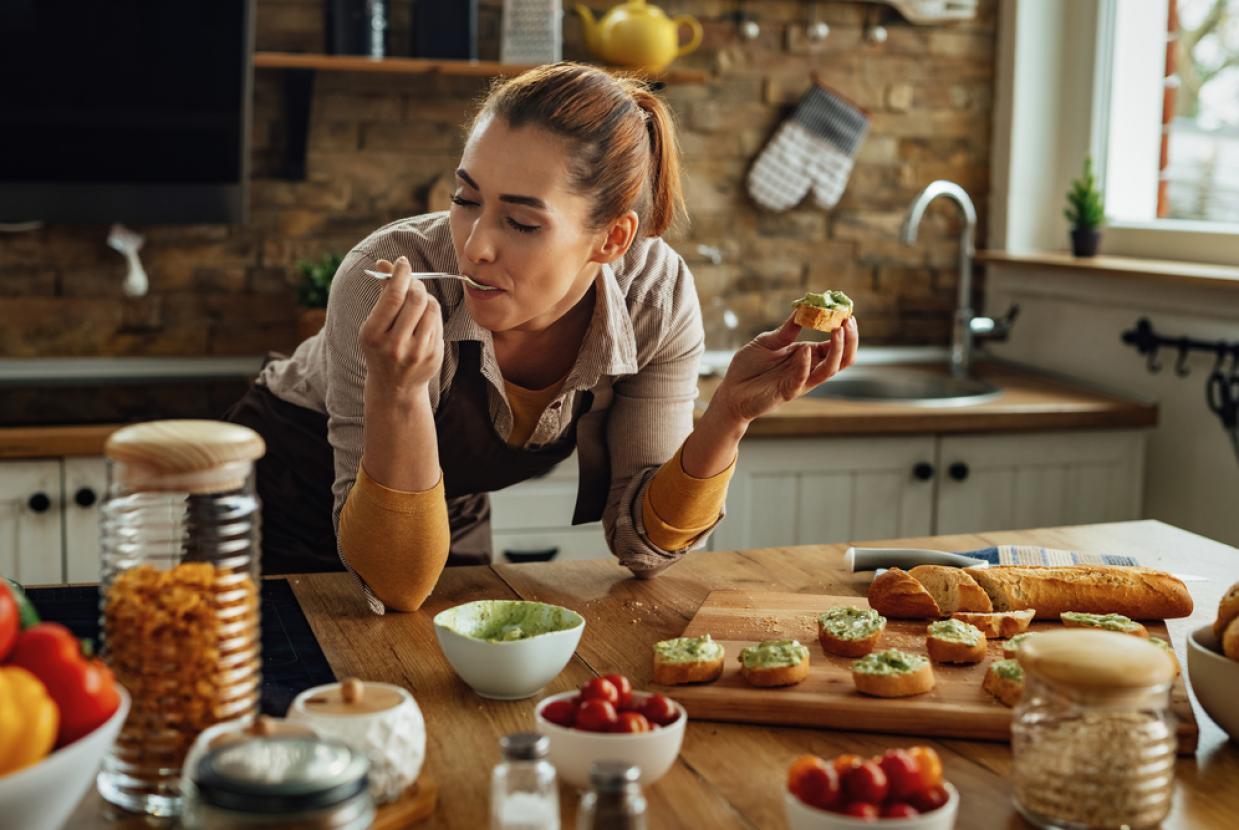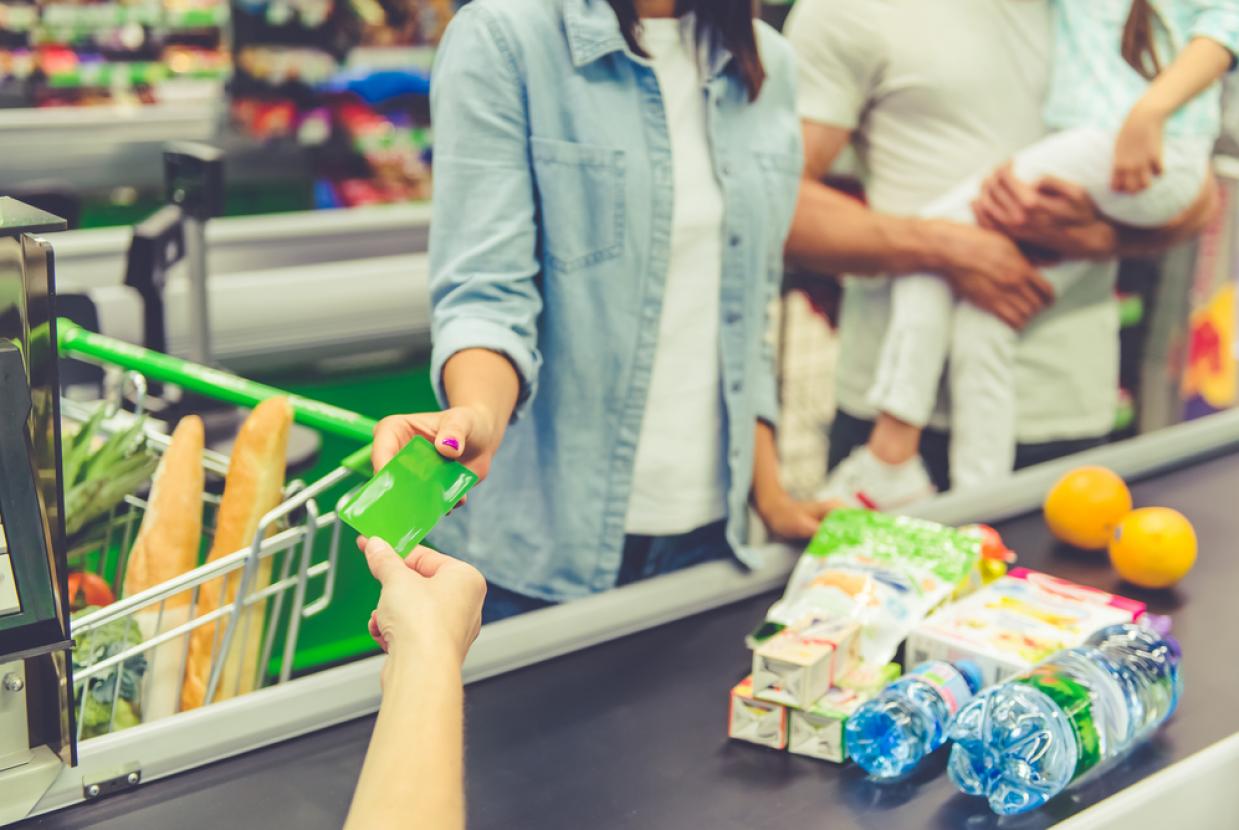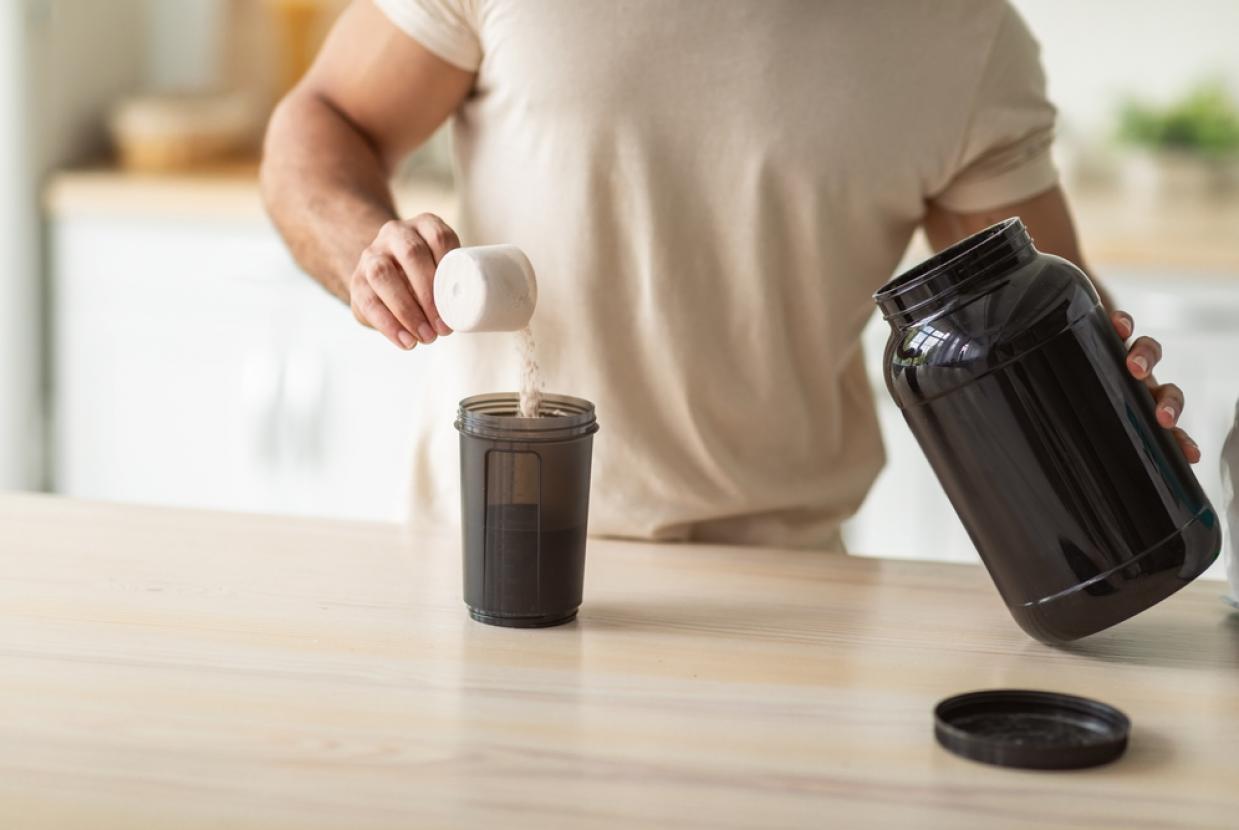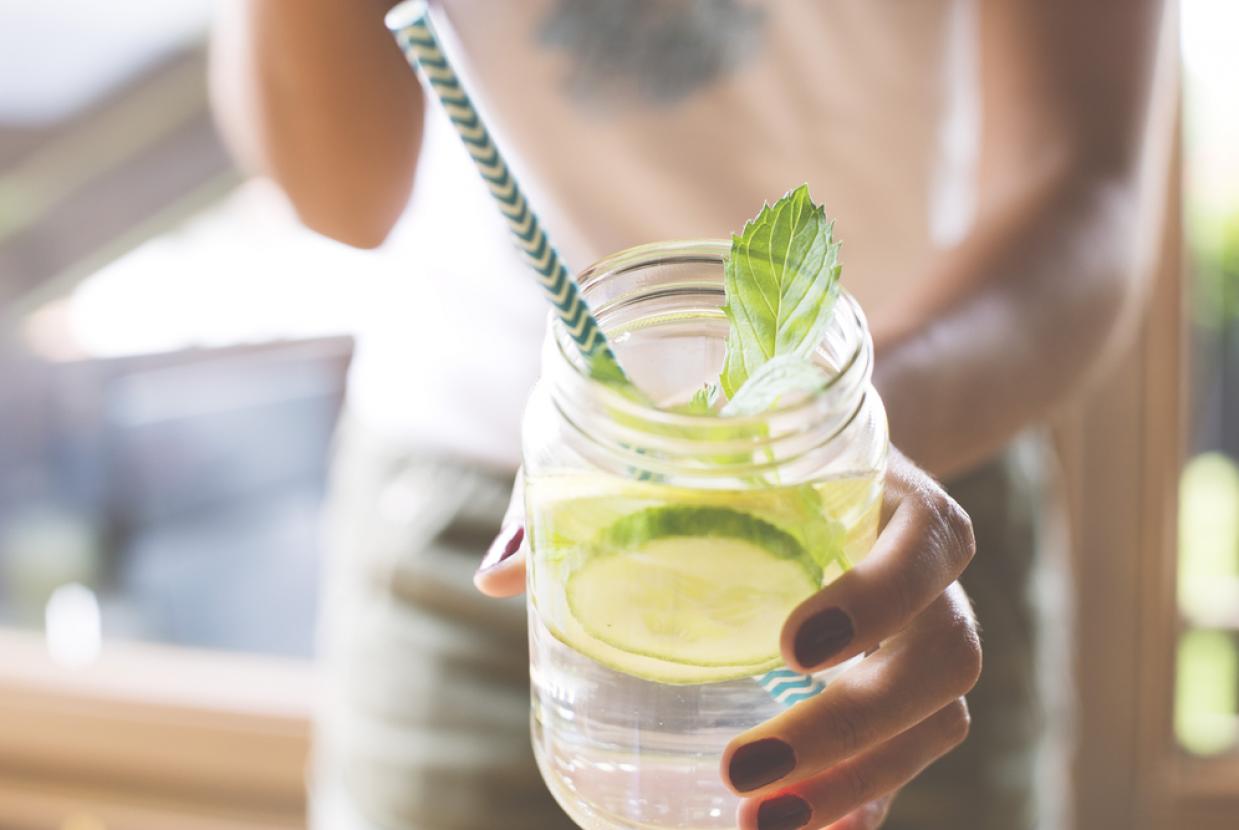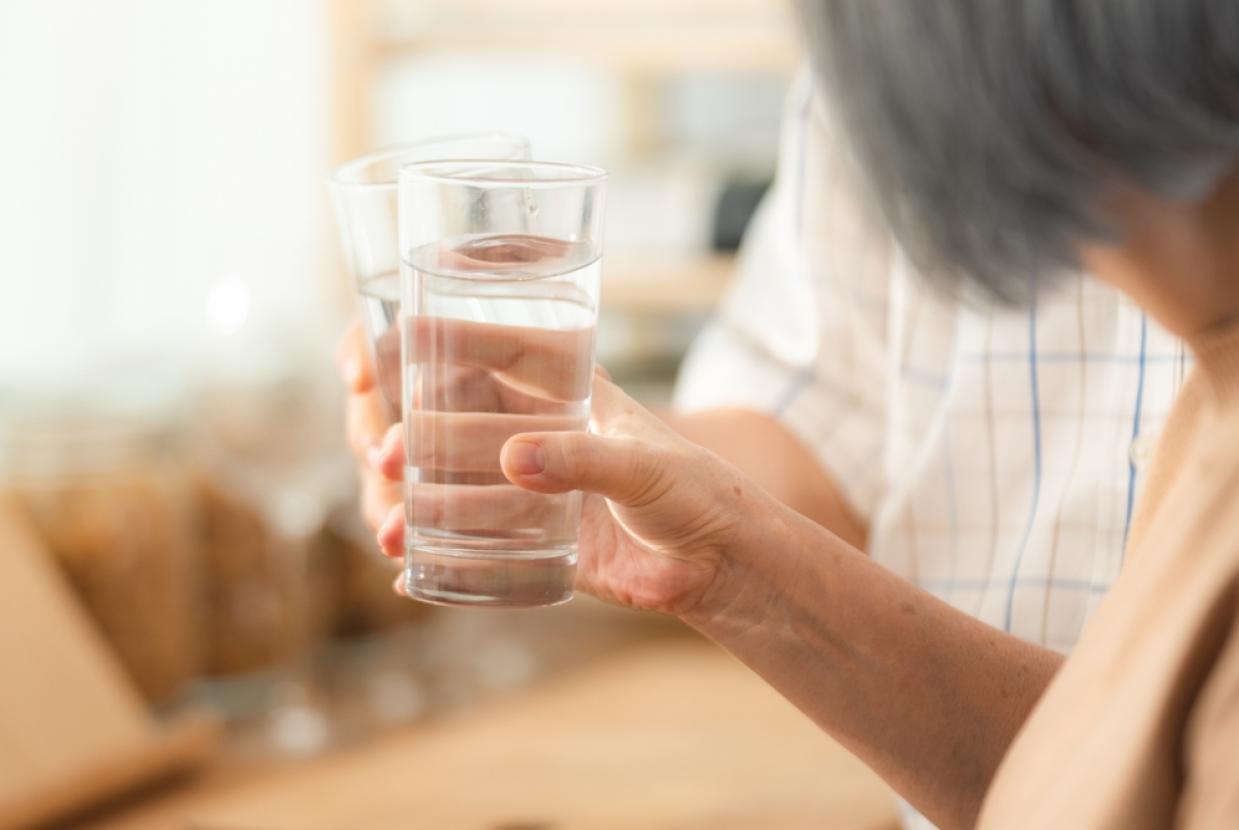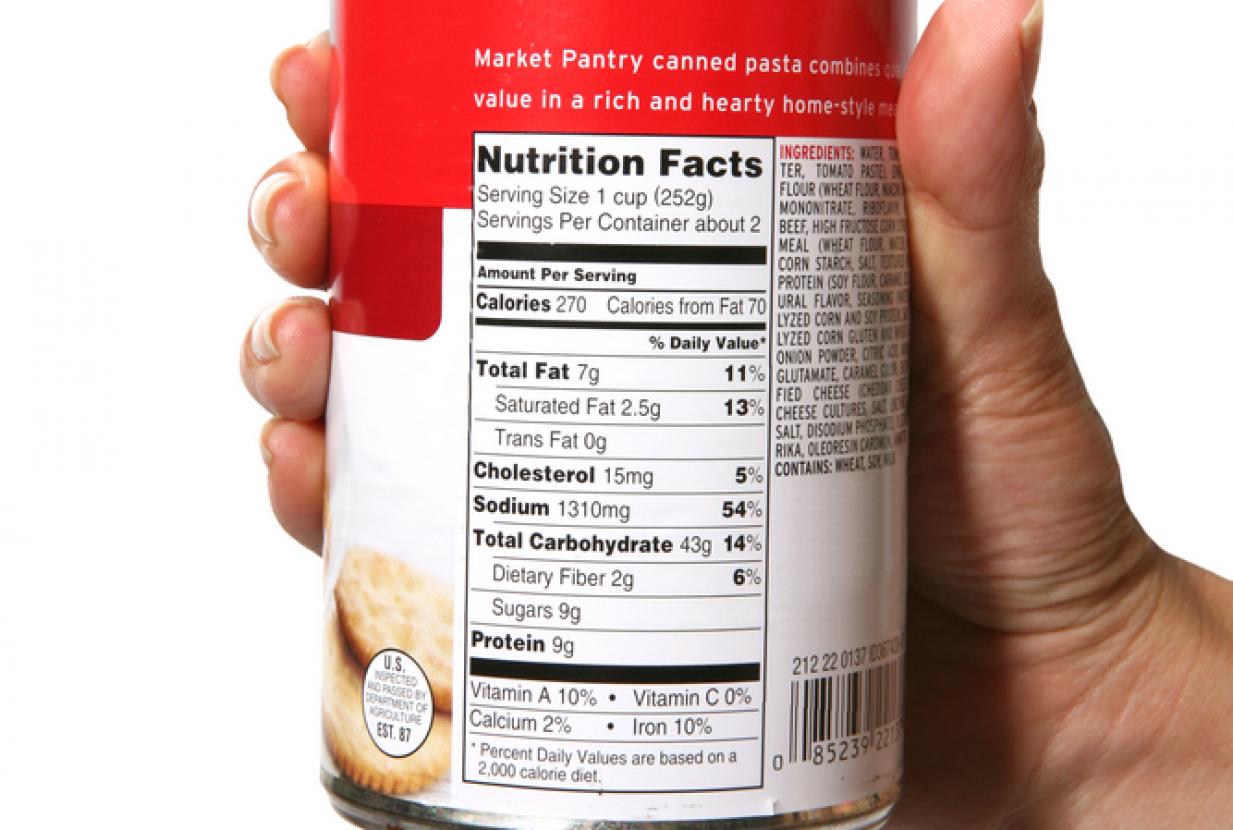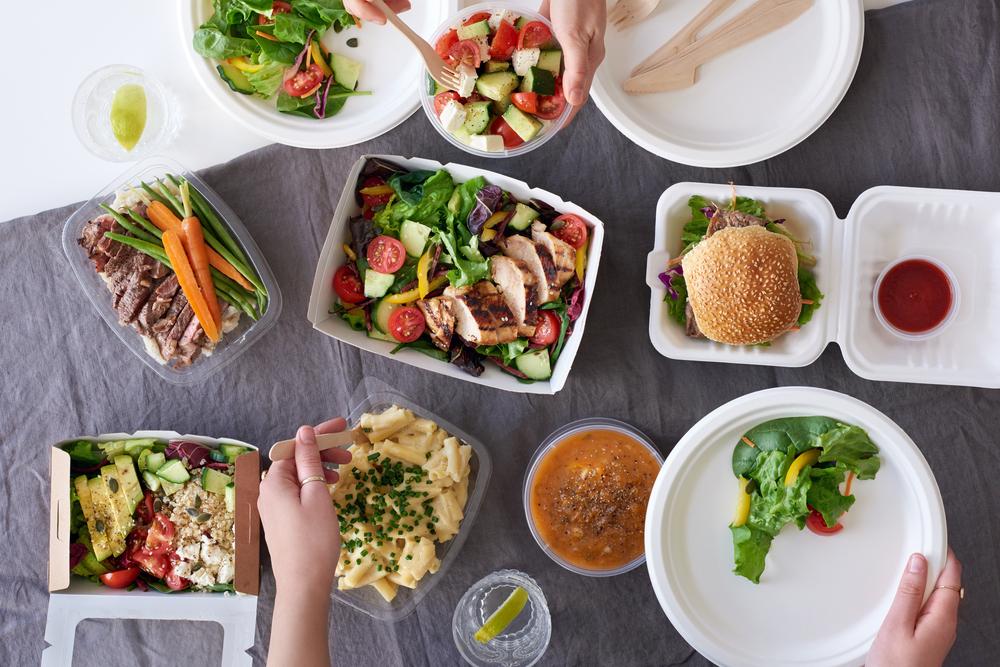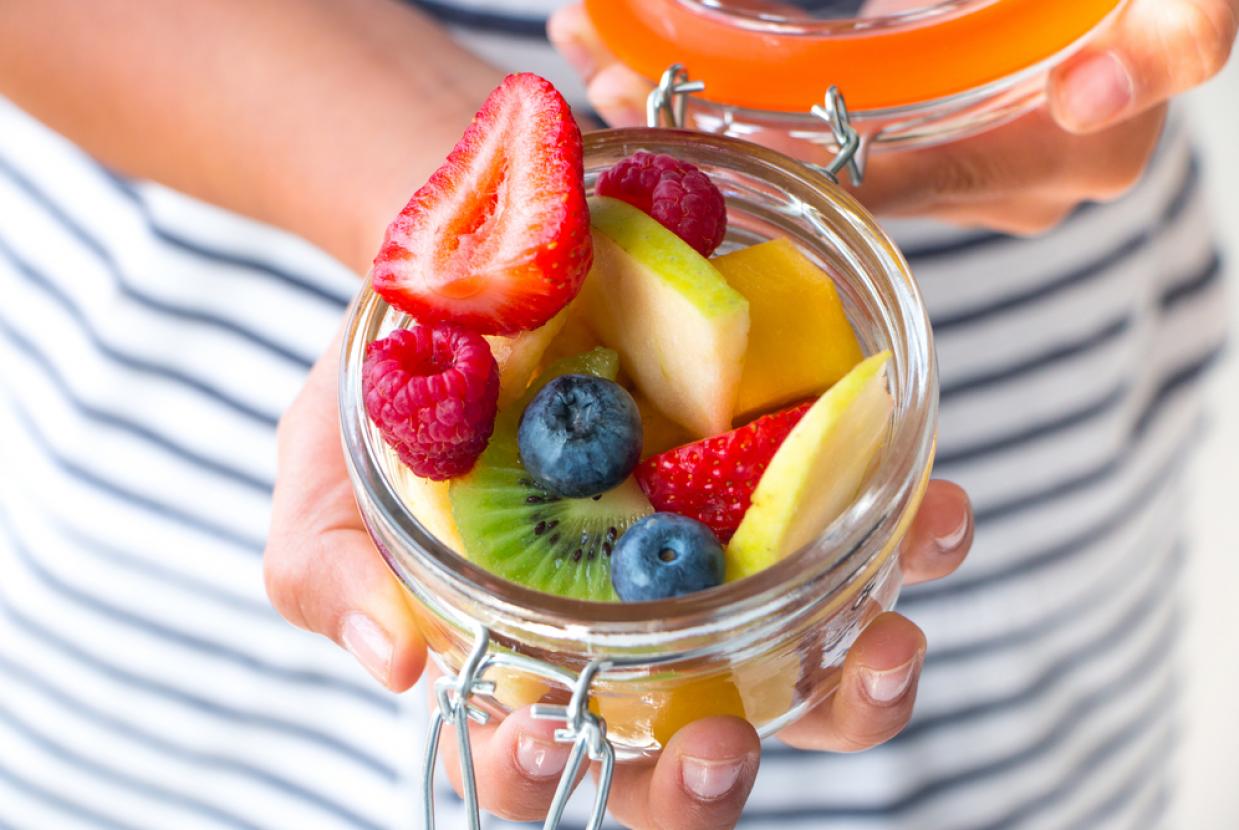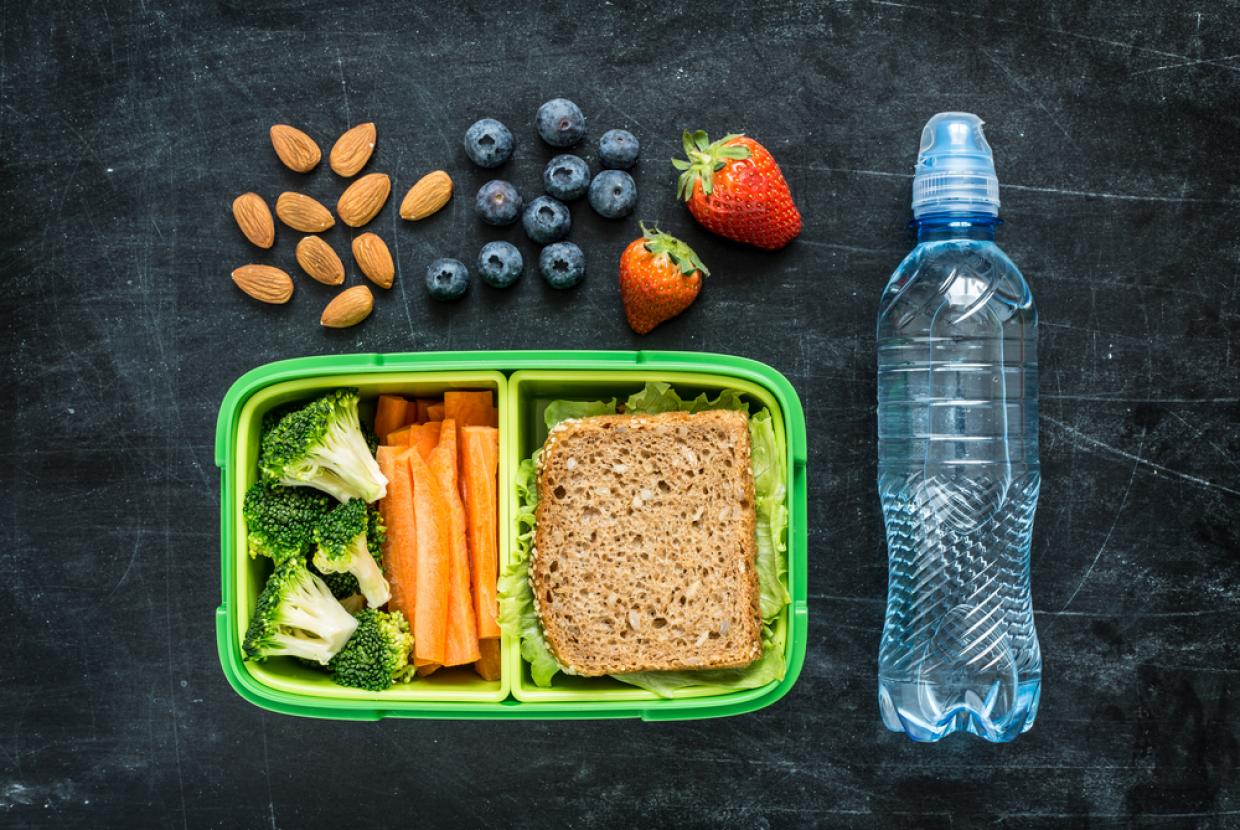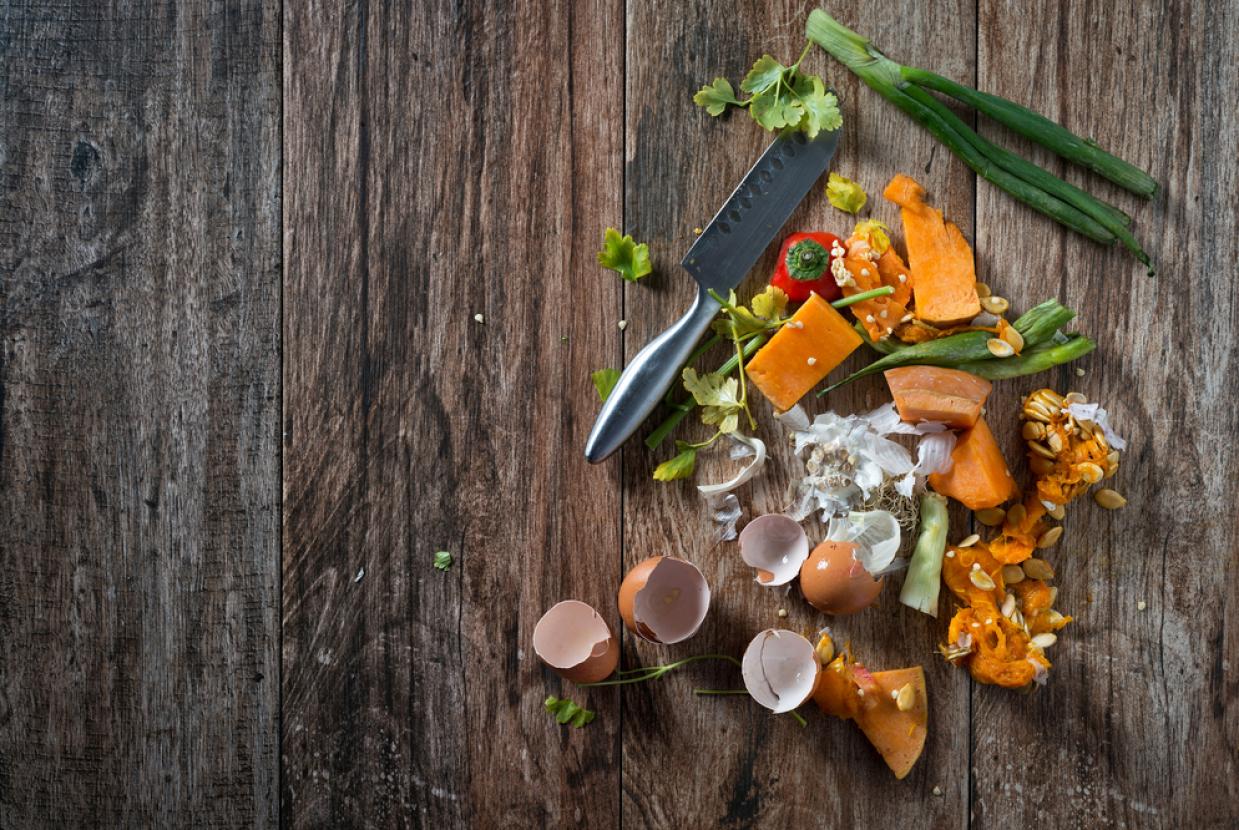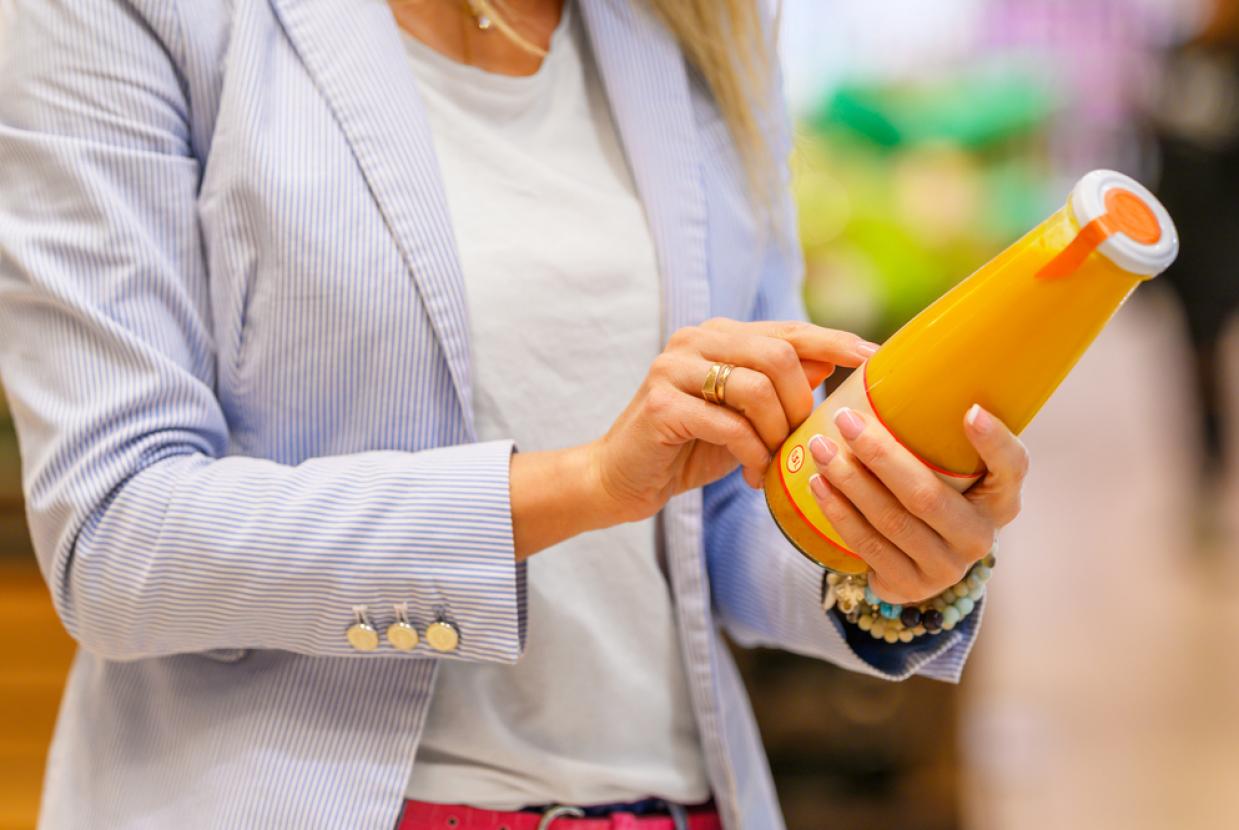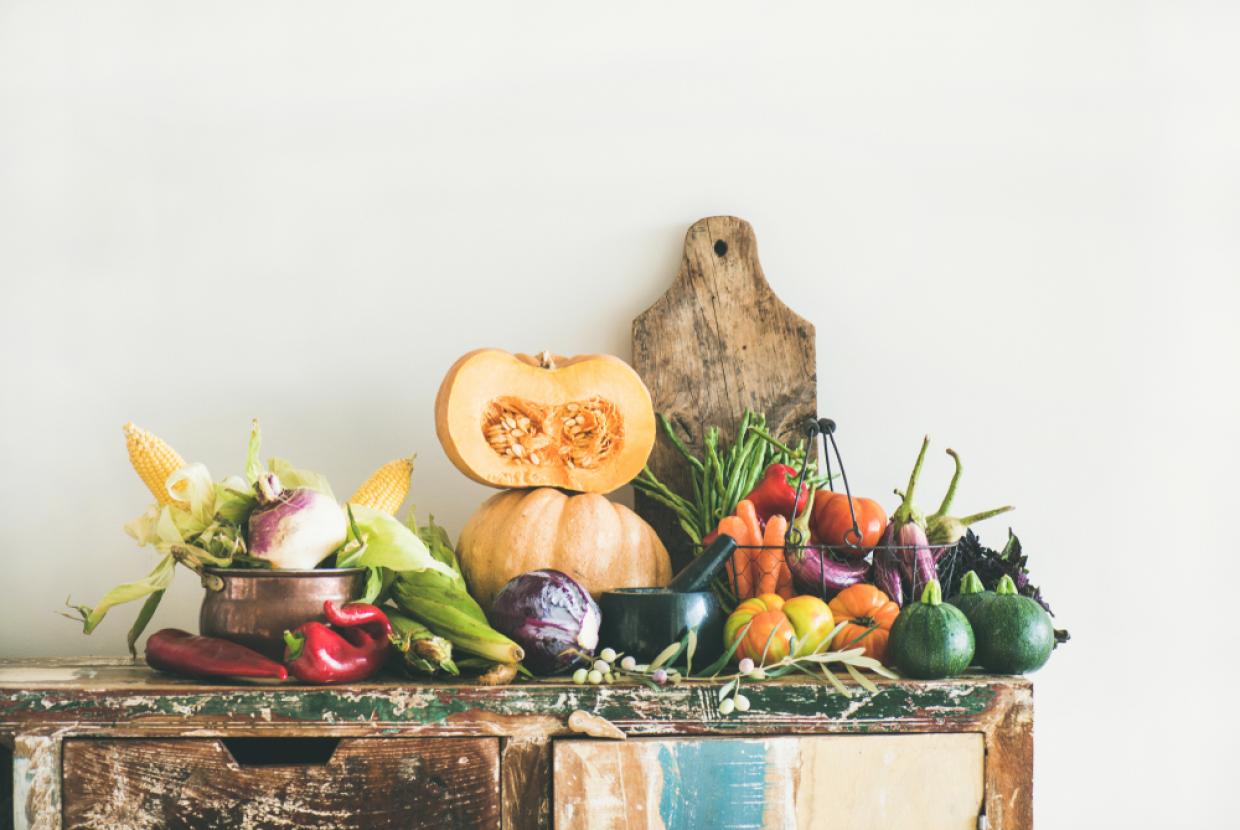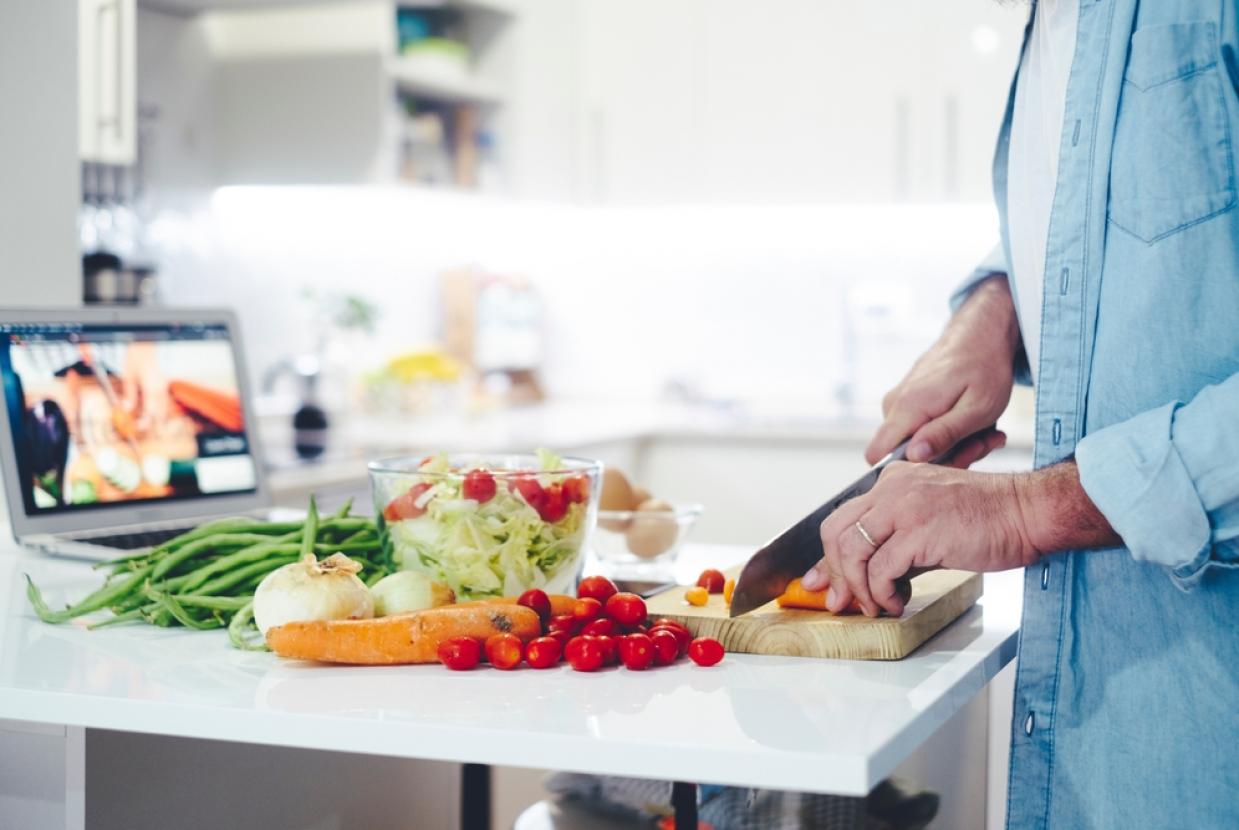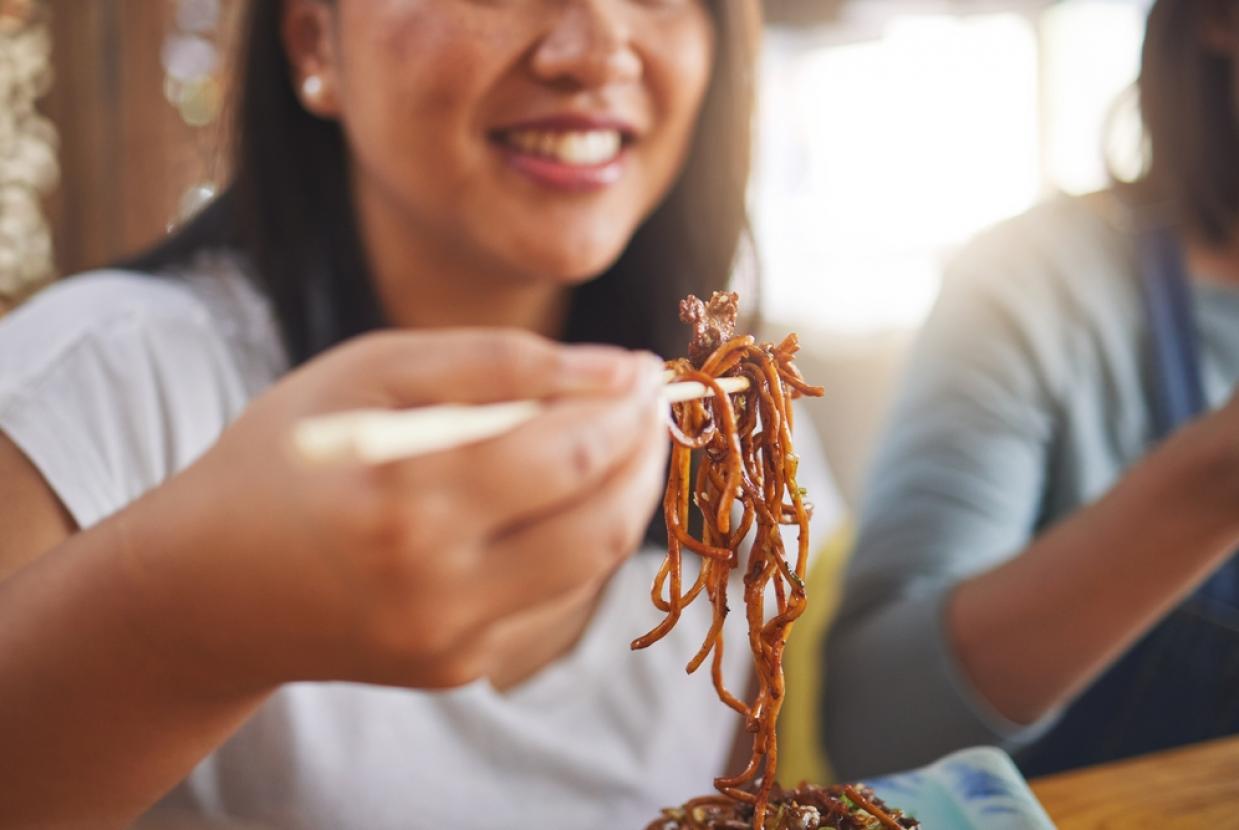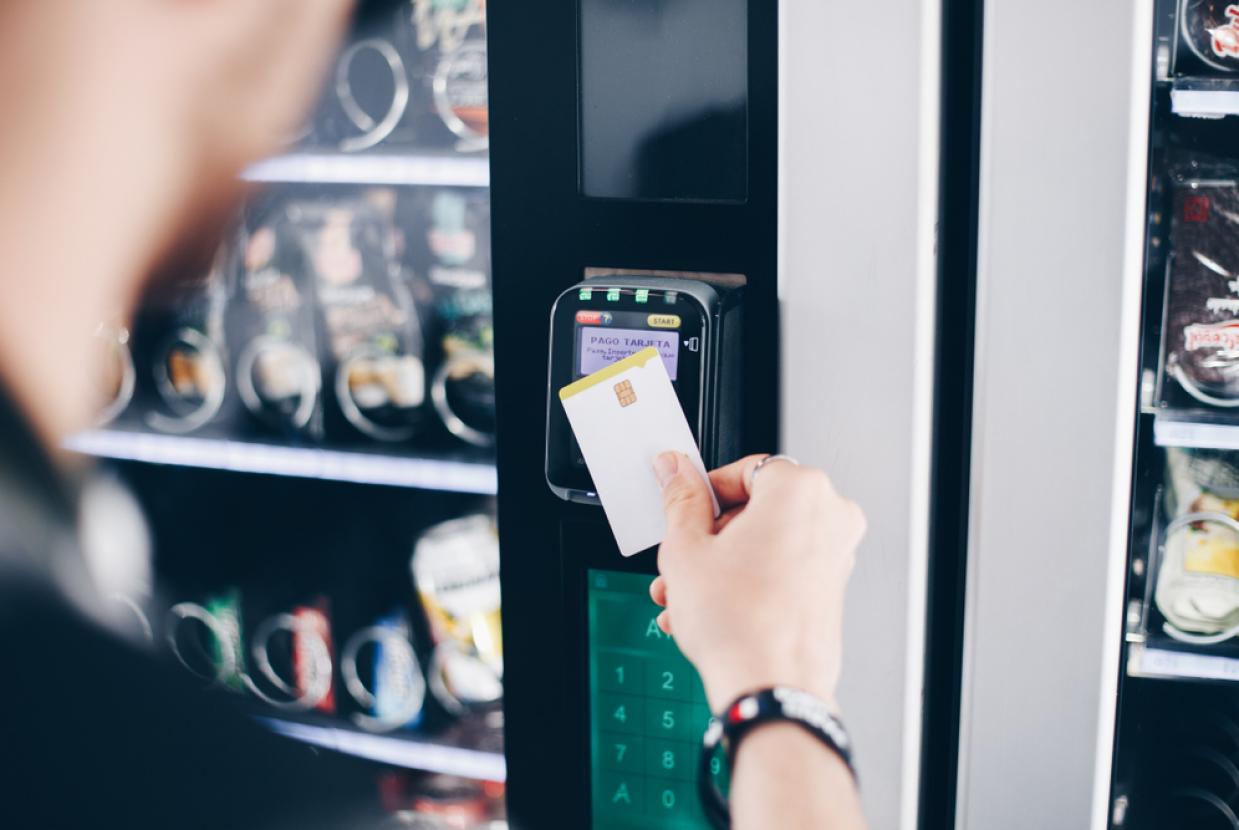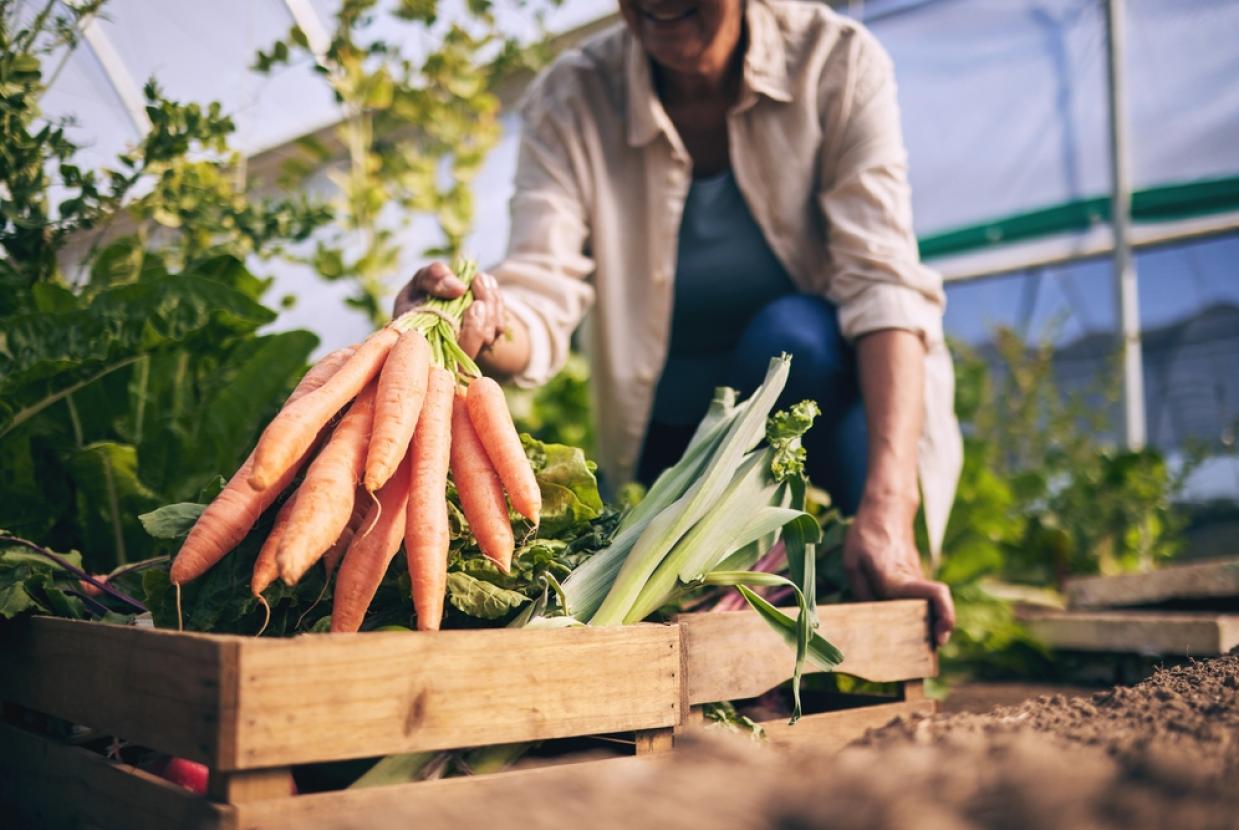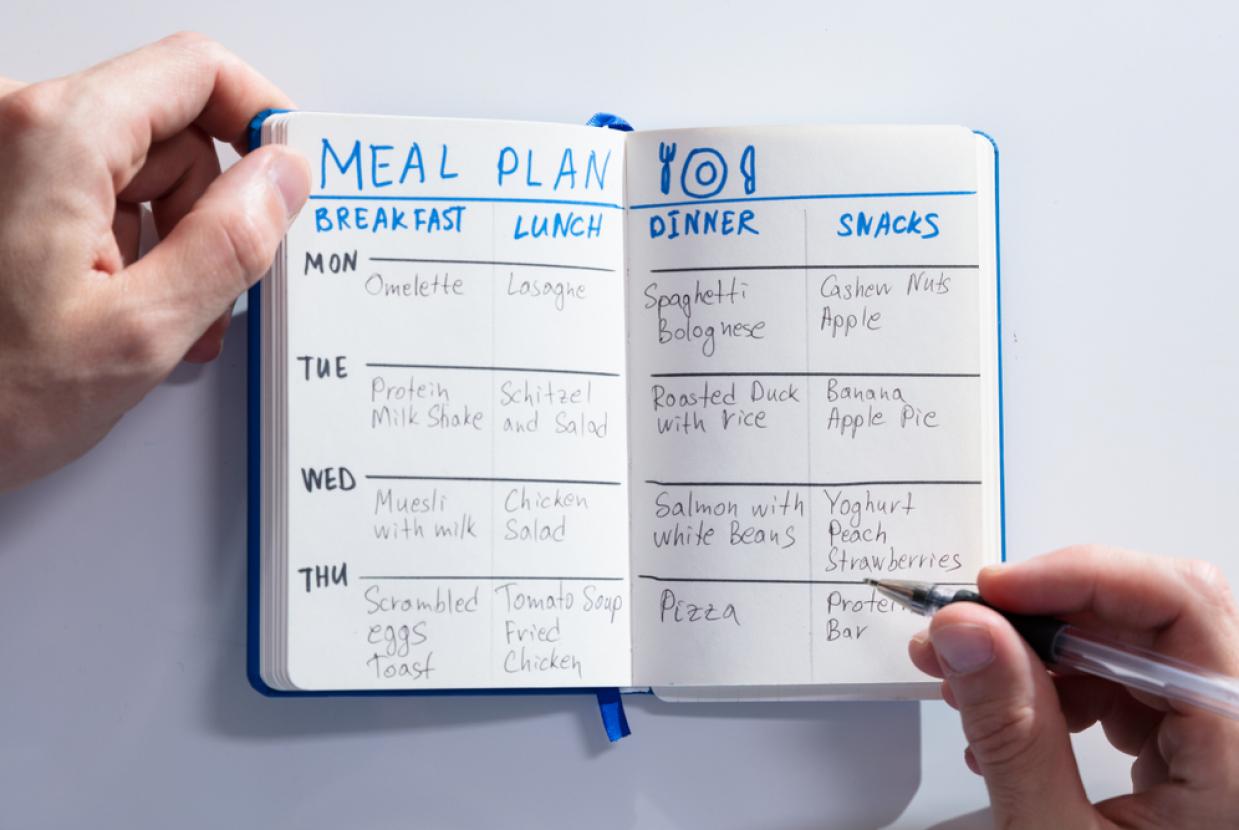Eat Well For Less: Top 10 Foods
Healthy DietFor many of us, every penny counts when it comes to the weekly shop. With careful planning and know-how, eating healthily on a budget is simple. Try our top 10 tips to help you save money while still packing your meals full of nutrition.
1. Tinned vegetables
Not only purse-friendly, often coming in much cheaper than fresh or frozen varieties, all tinned veg counts towards your 5 a day. We’ve all had times when we’ve had to guiltily throw away uneaten rotten veg, but by keeping a few tins on standby, you’ll always be able to knock up quick, cheap nutritious meals. Opt for veg tinned in water, not salt. Don’t be put off by ‘value’ or ‘own brand’ labels – give them a try and see how much you save.
2. Eggs
A great source of cheap protein, they’re filling too. Eggs are great for lots of breakfast, lunch and dinner dishes. Mix with reduced-fat mayo and use as a filling for your lunchtime sandwiches.
3. Frozen fruit
Supermarkets now stock a variety of frozen fruit, which, per gram, is often cheaper than its fresh equivalent, especially as there’s no waste – you simply use what you need. Frozen mango, cherries, blackcurrants and raspberries can all be found and, because they’re frozen so quickly, they don’t lose any of their all-important vitamin C.
4. Tinned oily fish
Oily fish is great for your heart health, as long as it’s not fried in batter or breadcrumbs. It’s cheaper than fresh and a good idea to have a few tins in the store cupboard to turn to when you’re stuck for ideas for lunch or dinner. People with diabetes should be aiming for at least two portions a week. Pilchards, salmon, mackerel, sardines, kippers and trout all count. You can easily make a tasty fuss-free meal using fish, eg simply pop a few mackerel under the grill and serve with salad and boiled potatoes on the side. Choose tinned fish in water or tomato sauce, rather than in brine (salt water). Drain any extra oil, especially if you are watching your weight.
5. Tinned pulses
Three heaped tablespoons of pulses – like beans, lentils and peas, chickpeas, kidney and haricot beans – count as one of your five-a-day. Even better, pulses don’t have a big impact on blood glucose levels, are low in saturated fat and a great source of cheap protein. They also contain a type of fibre that can lower your cholesterol and help you reach the recently increased fibre recommendation of 30g a day for adults You can buy the basic ranges in water and, with baked beans, go for the reduced sugar and salt version. Make expensive meat go further by replacing some of it with pulses in dishes like curries, stews, Bolognese, lasagne and chilli con carne.
6. Tinned fruit
When you fancy something sweet, tinned fruit can be great as a cheap and easy standby pudding or snack and counts towards your five-a-day! You can add to sugar-fee jelly, poach a few tinned pears and serve with low-fat custard or use peaches in crumbles for an indulgent, warming pudding. While it can be the more expensive option, it’s best to go for tinned fruit in natural juice rather than syrup. Otherwise, you can drain the syrup and wash the fruit before use.
7. Pasta
Use to make pasta salad, or serve with a tasty homemade tomato sauce using tinned tomatoes, onion and garlic. To up your fibre intake, go for the wholewheat variety. Whether you have type 1 diabetes and are counting carbs or simply watching your carb intake, it’s a good idea to get into the habit of weighing the amount of dry pasta you use, as it’s easy to cook (and eat) too much. Over time, you’ll be able to estimate the right amounts without weighing.
8. Oats
Not only are porridge oats a good source of a type of fibre that lowers your cholesterol levels, they’re also low in saturated fat and cheap – particularly if you buy in bulk. Look out for the ‘value’ ranges to make a quick and tasty breakfast. If you want to buy the ready-prepared pots, read the labels as many have added sugar – they’ll work out more expensive, too. Try sprinkling oats on top of crumbles or, for an occasional treat, use in biscuits or flapjacks.
9. Spices
Spices are a cheap way to add flavour and taste to your meal and are a healthy alternative to salt, which can raise your blood pressure. Most supermarkets stock value ranges of popular herbs and spices but buying a few at once can really ramp up your shopping bill. Often, if a recipe calls for a particular spice, a quick Google can give you a cheaper alternative – this way you won’t need to buy so many.
10. Quinoa
Granted, the cost of this increasingly popular wholegrain has increased over the years, but it’s still a relatively cheap buy when you think of all the nutrients packed into it. Quinoa is a complete source of protein, low in saturated fat, gluten free, rich in fibre and has a low glycaemic index rating. This means the glucose is released more slowly into your bloodstream, which can help control your blood glucose levels. It has a fluffy texture and slightly nutty flavour and is a good alternative to rice.


